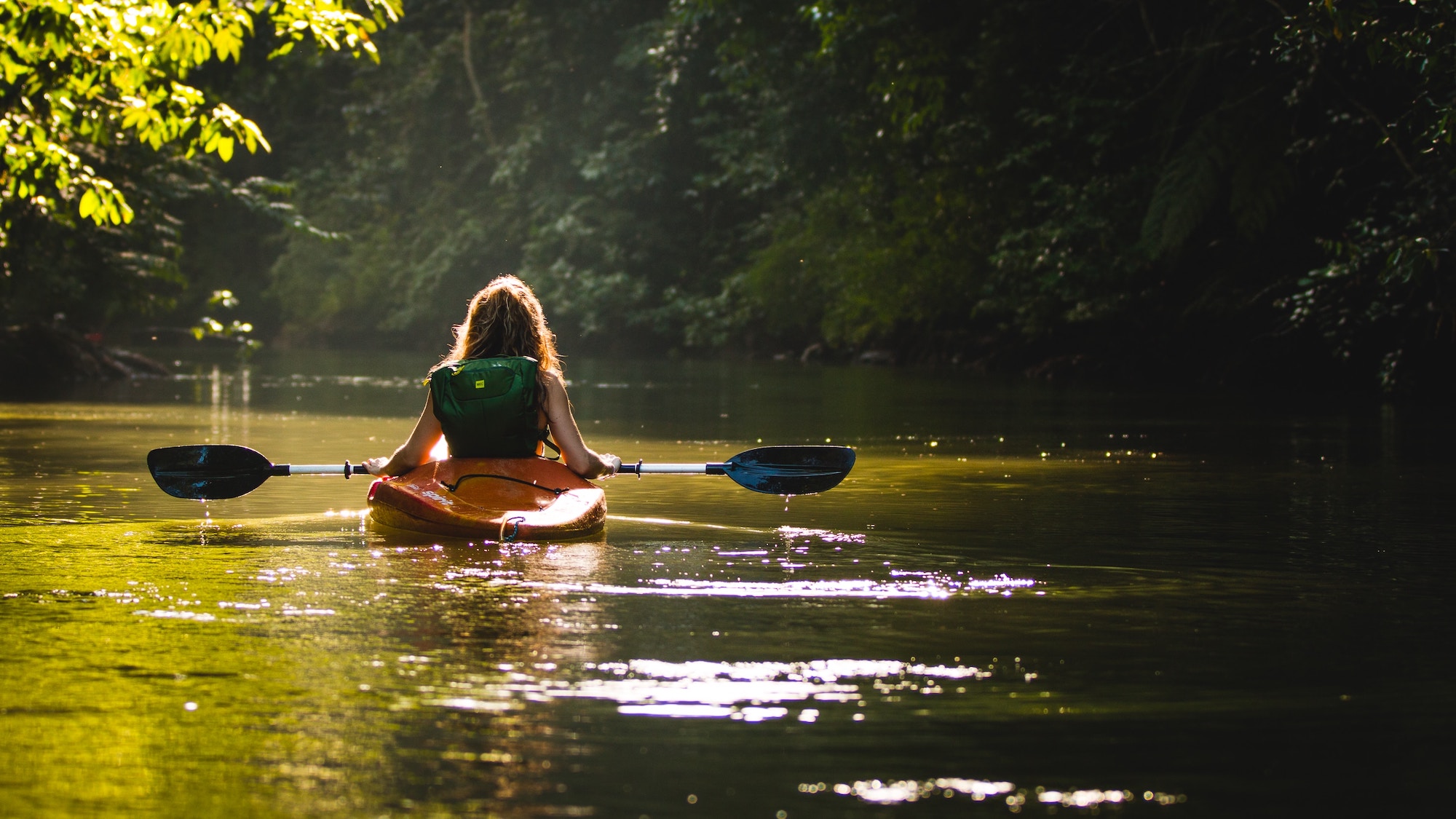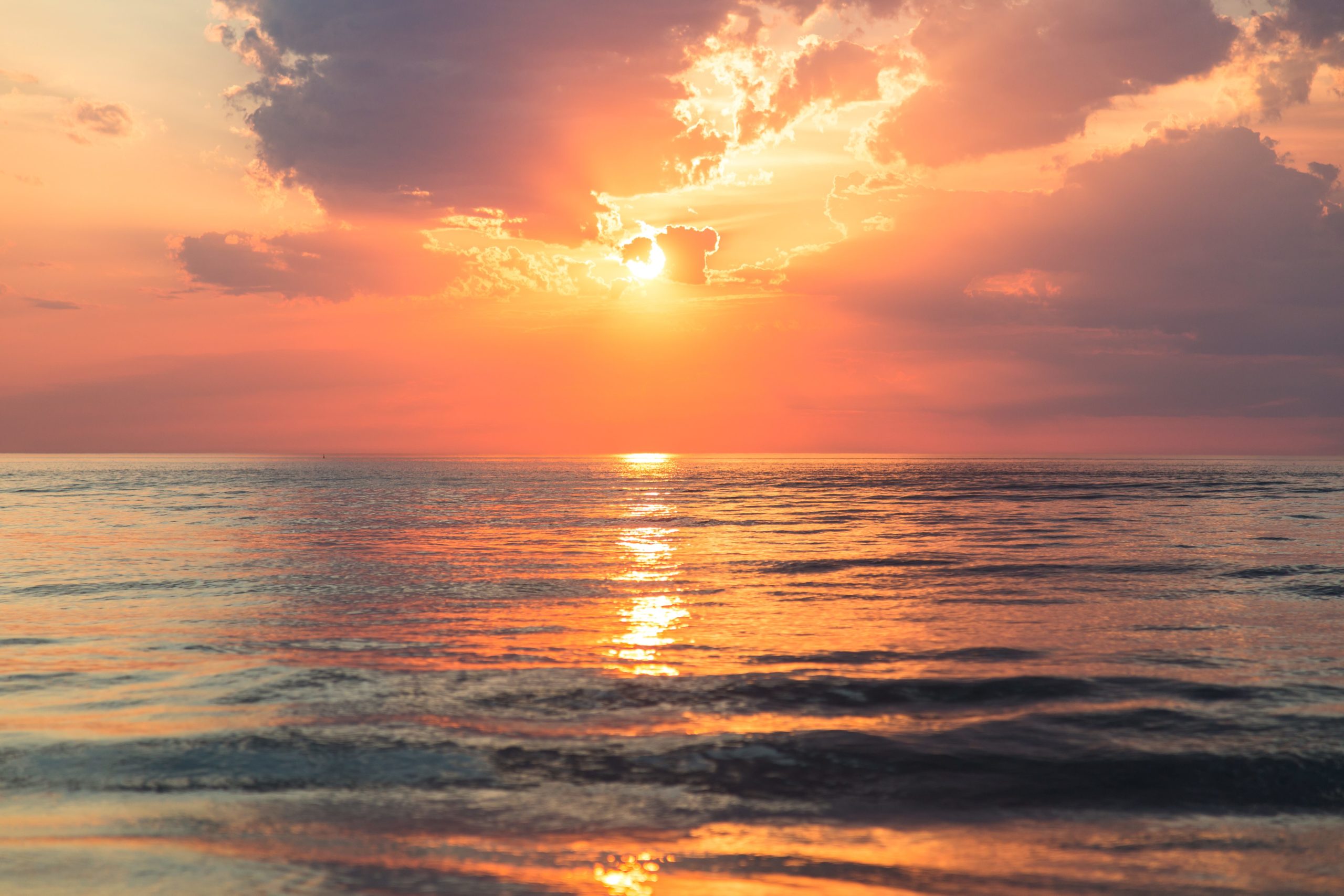Pensacola, Florida is a water lover’s paradise, with the white-sand-edged expanse of the Gulf of Mexico as well as the vast inshore paradise of bays, sounds, estuaries, and lagoons the main attractions.
But some remarkable rivers also flow into those Emerald Coast bays and sounds, with the “City of Five Flags” serving as a well-situated springboard for exploring them: along their banks and right on their current. Here’s a look at three of the most rewarding Pensacola-area streams to explore on your next getaway to this western gateway to the Florida Panhandle!
1. The Perdido River
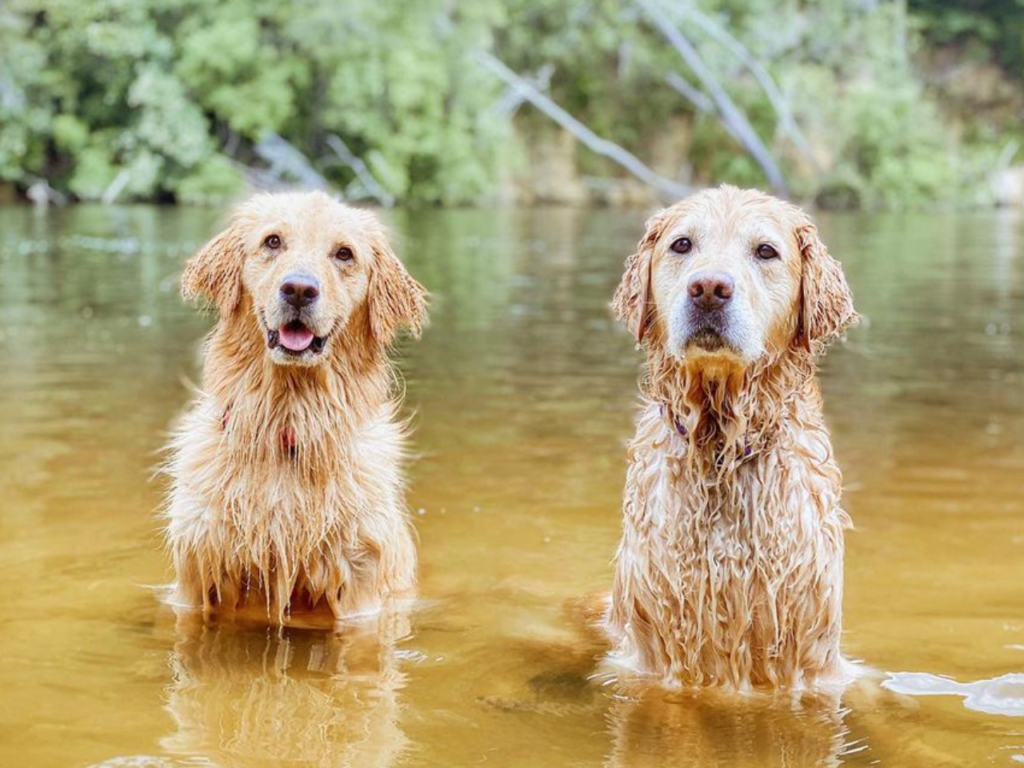
Florida shares a lovely liquid border with Alabama to the near west of Pensacola in the form of the winding Perdido River. The Spanish named this alluvial stream the Rio Perdido, aka the “Lost River.” It heads in southwestern Alabama and runs some 44 miles—much of it along the state line—to its mouth in the 50-square-mile Perdido Bay, which lies only about 15 miles west of Pensacola and connects to the Gulf via Perdido Pass and Big Lagoon.
Dedicated conservation and stewardship efforts in both Florida and Alabama have protected large swaths of the Perdido River and Perdido Bay watershed, some 350 square miles of which lies on the Sunshine Stateside. Major Florida tributaries of the Perdido include Brushy Creek, Jacks Branch, and Eightmile Creek near Pensacola.
Hiking, paddling, and fishing opportunities abound along the Perdido River and its tributaries within Pensacola’s hinterland.
Native habitats, including bottomland and alluvial swamps, flatwoods, wet prairies, and under-restoration longleaf pine/wiregrass stands, help define the Perdido’s basin. You can explore such lovely natural communities in places such as the Perdido River Wildlife Management Area and the Nature Conservancy’s Perdido River Preserve.
There’s a designated 15.4-mile Perdido River Paddling Trail within easy reach of Pensacola, with a particularly popular four-mile stretch through largely undeveloped riverine beauty between Fillingim Landing and The Pipes Landing.
Anglers can cast for bluegill, largemouth bass, chain pickerel, and other freshwater quarry on the river, while brackish Perdido Bay harbors red drum, spotted sea trout, flounder, mullet, king mackerel, and other saltwater gamefish. The Perdido River provides important habitat for some rare and notable fish, not least the magnificent Gulf sturgeon.
2. The Blackwater River
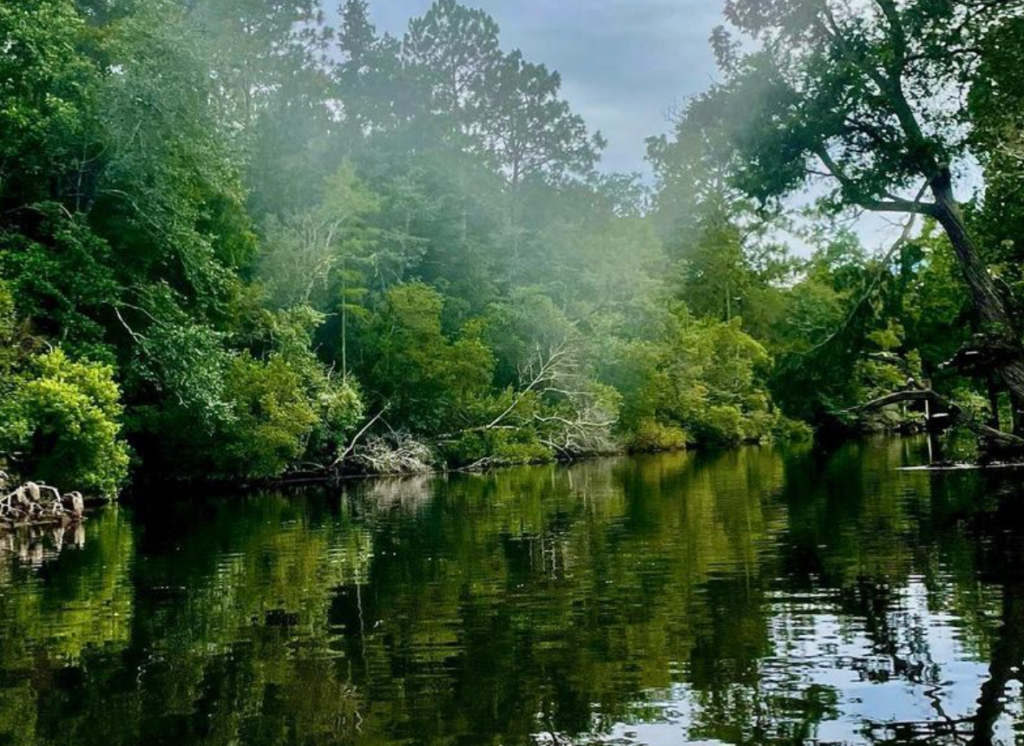
This roughly 62-mile-long stream ranks among the genuine natural treasures of Florida and is widely regarded as one of the cleanest, most pristine rivers in the country.
The Blackwater River is a prime example of a blackwater stream, named for waters stained dark by natural, nutrient-rich tannins leached from vegetation; generally draining swamplands and marshes, blackwater streams are common on the Florida Panhandle. An indigenous name for the sand-floored Blackwater River, from the Muscogee language, is Oka-lusa: “water black.”
The contrast between those brownish tannic waters and the white alluvial beaches and sandbars make the Blackwater mesmerizingly beautiful.
Opportunities for outdoor recreation and nature appreciation along this river abound thanks to the extensive protected public lands it drains, including the biggest state forest in Florida—the 206,900-acre Blackwater River State Forest—and the roughly 600-acre Blackwater River State Park. These outstanding reserves include large portions of the biggest contiguous remaining tract of native longleaf pine/wiregrass savanna in the world and offer truly exceptional wildlife-watching opportunities.
You’ll find extensive trails for hiking and horseback riding in the Blackwater River State Forest, plus top-notch paddling.
Blackwater River State Park, meanwhile, also has a fine trail network and some of the best canoeing, kayaking, and tubing in Pensacola’s vicinity. Among the trees along the state park’s riverbanks stands the Florida State Champion Atlantic white cedar, a huge and venerable conifer. There’s also a 30-site campground here pleasantly set amid longleaf pines.
The Blackwater River runs into Blackwater Bay, an arm of East Bay that helps compose the vast Pensacola Bay estuarine system.
3. The East Bay River

The Perdido and Blackwater rivers are long, significant streams; the East Bay River, a mere 15 miles in length, is less so. But it’s still a special waterway, one of several important freshwater inflows, along with the Blackwater and Yellow Rivers, to the East Bay/Blackwater Bay estuary.
Fed by springs and tributaries such as Turtle, Live Oak, Prairie, and Panther creeks, the river drains some important reaches of forested wetland to the south of Elgin Air Force Base, including the East Bay Swamp.
The East Bay River has been known by a number of historical monikers, including the River (or Rio) Jordan: named for Captain Jordan de Reina, part of the 1693 Spanish voyage that first charted the river.
Paddling and fishing (for largemouth bass, speckled trout, and more) are popular activities on the East Bay River. There’s a public boat launch on the lower brackish delta reach of the river where it widens into the bay system in the town of Holley, which sits across Pensacola and East bays from Pensacola itself.
Enjoy Pensacola’s Lovely Panhandle Rivers
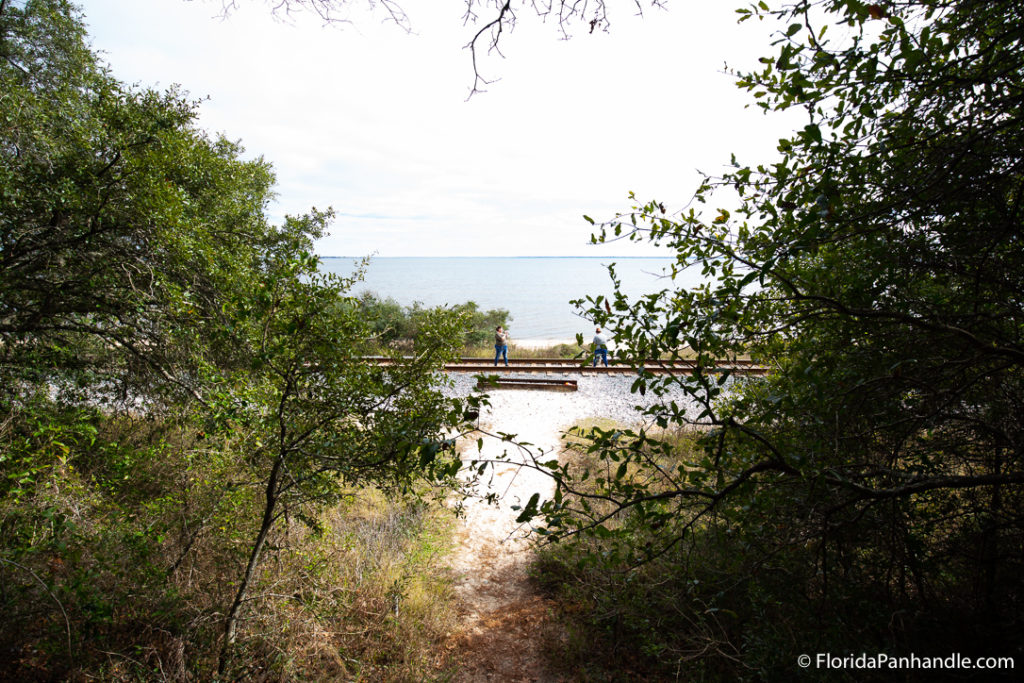
From the pinewood trails and swimming holes of Blackwater River State Park to the Perdido River Paddling Trail, you’ll be pleasantly surprised to explore what the Pensacola area’s freshwater flows have to offer: an amazing complement to all the boating, swimming, and fishing the better-known bays and Gulf serve up.

